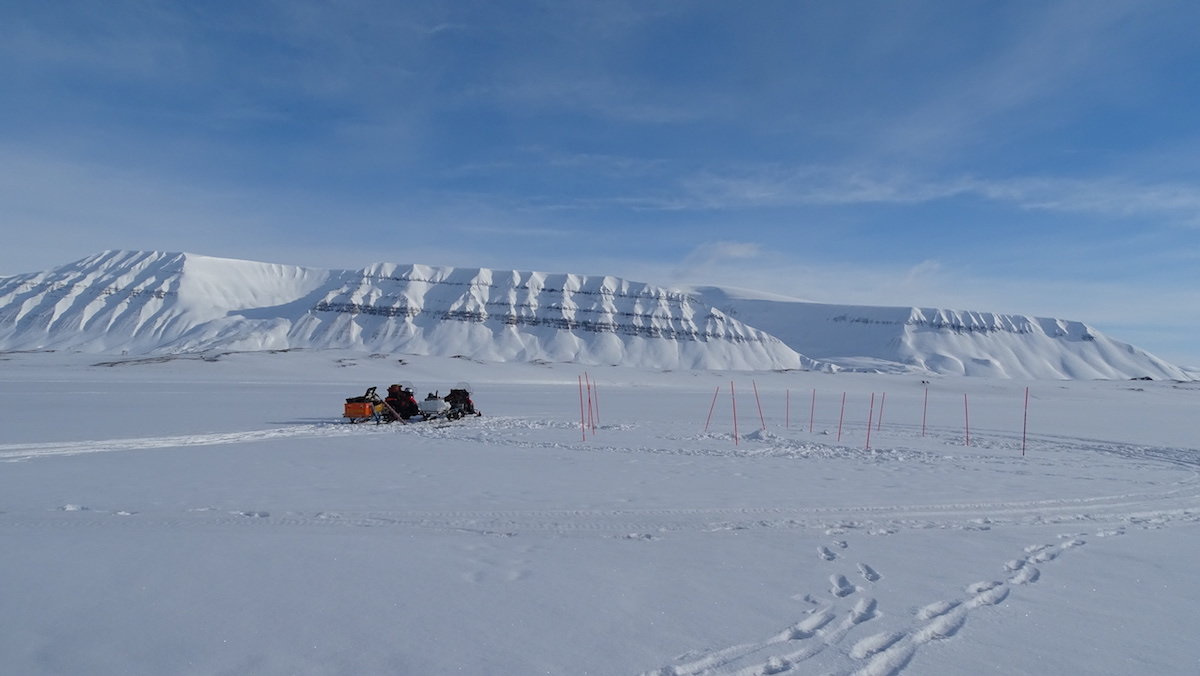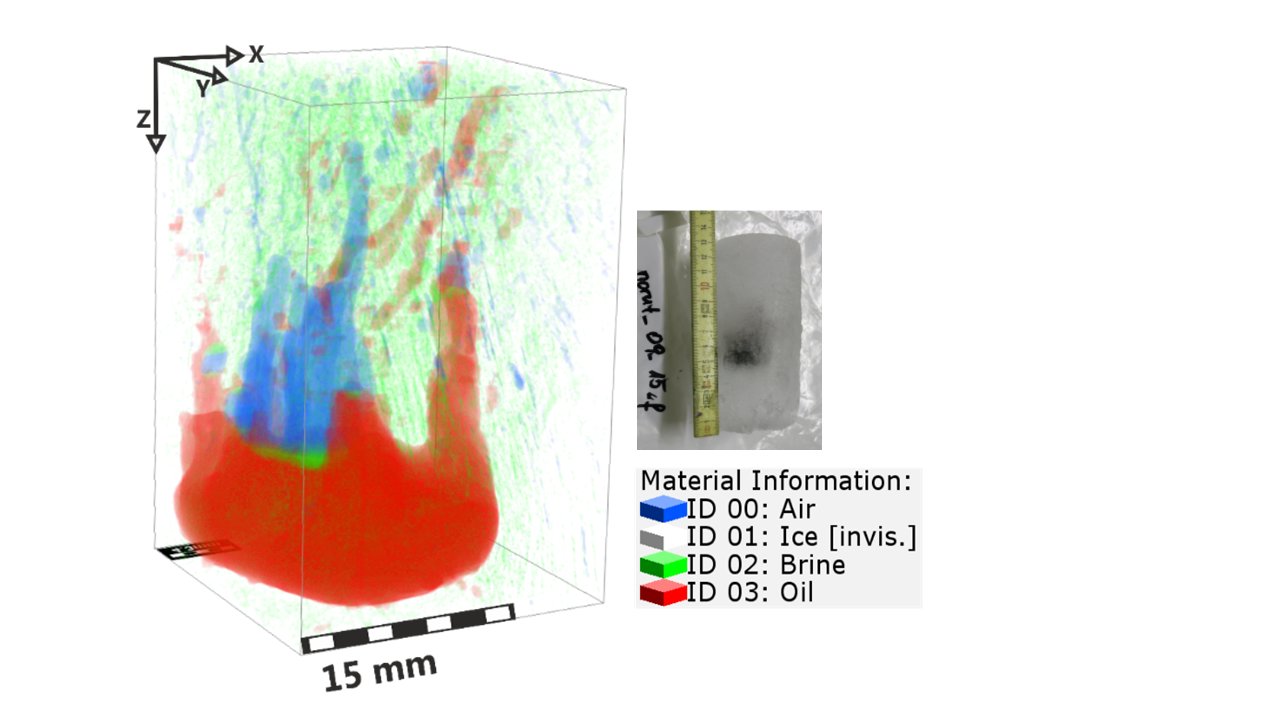Researchers hope new techniques will unlock secrets of oil spills in sea ice
The information is important as the region opens up to more industry.

As the Arctic warms, ships transporting oil to and from the region are poised to become more common. And more ships means a higher likelihood of oil spills. This fact has scientists working to figure out more about what happens when oil meets sea ice in the Arctic, in hopes their findings could help with clean-up efforts if and when the region sees an oil spill. “The question came up when Norway was looking for oil in the Arctic — what would be the consequences if oil was trapped in the ice?” said Sönke Maus, a postdoctoral fellow at the Norwegian University of Science and Technology (NTNU) and member of MOSIDEO. MOSIDEO is an international research group that — as its longer name, Microscale interaction of oil with sea ice for detection and environmental risk management in sustainable operations, indicates — is trying to fill some gaps in research on sea ice and oil by using innovative techniques and tools. The group is a collaboration between researchers from University of Alaska, Northern Research Institute and NTNU is supported through the end of the year by the Research Council of Norway.
[Speedier sea ice in warming Arctic could spread pollution farther]
Research on sea ice-oil interactions spans back to the 1970s, but, in the past, researchers didn’t have the high-end imaging technology available today. MOSIDEO used x-ray microtomography (micro-CT) to look deep inside an ice sample without having to deconstruct it. This is the same type of technology used in medical settings, which uses x-rays to reconstruct a virtual model of the samples, down to the structure of ice, brine, salt crystals and air.

“It’s definitely a very novel technique to take a close look at the ice,” said W. Scott Pegau, research program manager with the Oil Spill Recovery Institute, who has also used micro-CT to look at ice during his research. As Pegau explained, oil could be trapped under the ice if a pipeline leaks, or if a shipping vessel transporting oil sunk. “The biggest area of concern is shipping,” Pegau explained, especially as the Arctic region opens up. Pegau wasn’t involved with the MOSIDEO study, but he was part of another large collaboration looking at the best way to detect oil under sea ice.
[A Chukchi Sea oil spill would affect polar bears in both Chukotka and Alaska]
So far MOSIDEO is focusing its efforts on small brine channels within the sea ice that can trap oil once it is spilled underneath, a feature that can complicate clean-up efforts. After the spill, the water will freeze below and above the oil — forming “kind of an oil sandwich layer,” said Maus. But because oil is lighter than seawater, it might then migrate up the small channels in the ice once it starts to warm and the channels get wider. Once it makes it to the surface of the ice, responders only have a few days to clean up the oil by burning it, a widely-used cleanup technique. “[After a few days], the most volatile compounds of crude oil will have evaporated, making it anywhere between difficult to practically impossible to ignite the oil,” Christian Petrich, research director at NORUT, wrote in an email. Understanding how oil navigates these tiny channels is one of the main goals for MOSIDEO, as this knowledge could help clean up efforts in the future. “Our goal is to have a good prediction, if there is oil in the ice, under which temperature conditions the oil will come to the top of the ice,” said Maus. In the event of an oil spill, clean-up crews could use temperature and ocean current data to track the encased oil — and be ready when it surfaces. The MOSIDEO researchers used this machine on ice formed both in a facility in Hamburg and naturally in a fjord outside of the Svalbard town of Longyearbyen. Ice was frozen in long cardboard tubes at the Hamburg facility and removed as big ice cores in the Svalbard location. The researchers then injected the bottom of the ice samples with oil, revisiting the tubes over time to track the progress of the oil upwards in the ice. One of the challenges faced by the researchers was keeping the ice cool during the micro-CT scanning process. “The best thing is to have a micro-CT in a cold room, but that’s hard because there are only a few facilities that have micro-CT in a cool room,” said Maus. Instead, the researchers set up a thermoelectric cooling stage as well as cryogenic freezing machine, both of which helped cool the samples while taking the images. While the sample spun, the researchers created thousands of 2-D images that reconstructed the inside of the sea ice. Using these images, they could see where each of the different elements are. Right now, the researchers are digging through the data produced by these different scans. They hope to start publishing papers on the study in upcoming months. “We are in the phase of hard work right now,” said Maus.